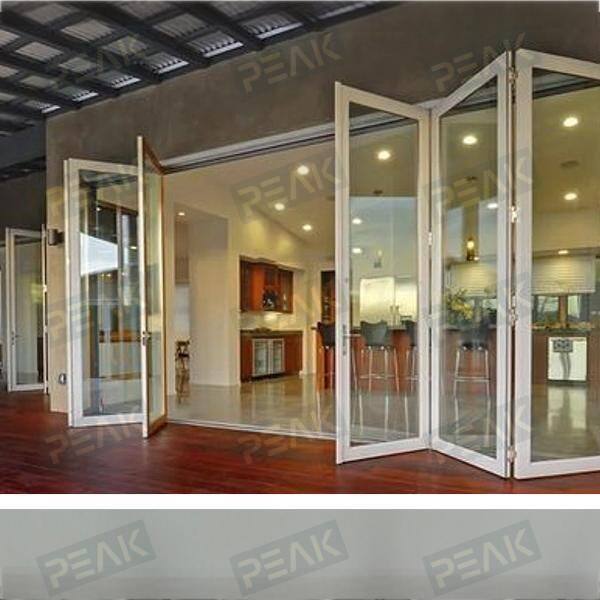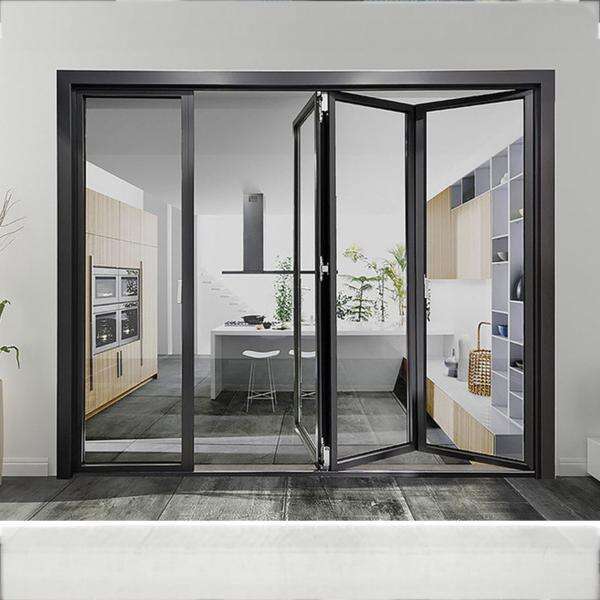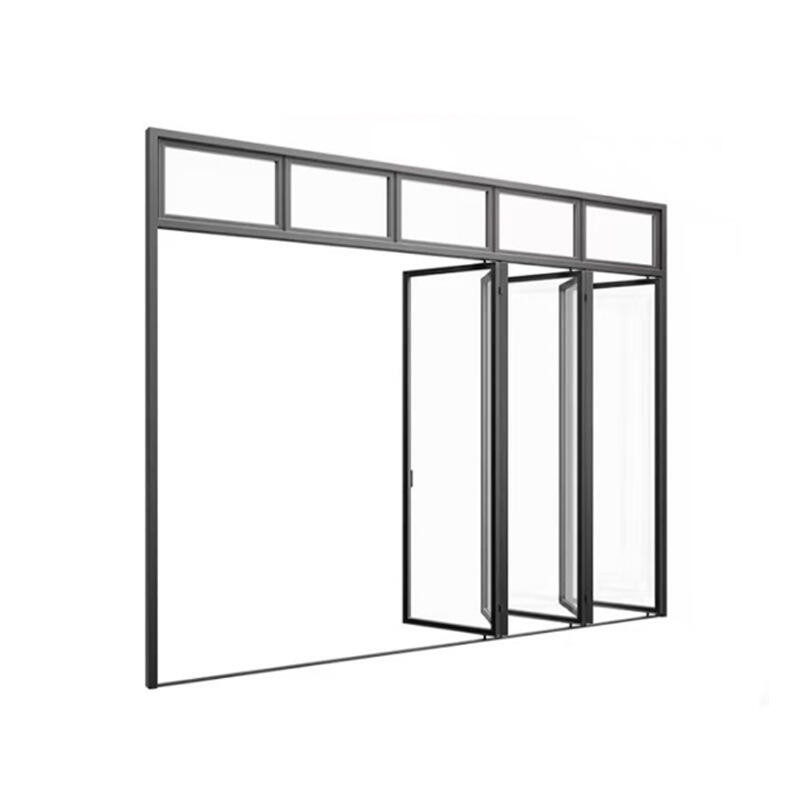heat insulation thermal break aluminum doors and windows
Heat insulation thermal break aluminum doors and windows represent a significant advancement in building envelope technology, combining durability with superior thermal performance. These systems feature a specialized design where the aluminum profiles are separated by a low thermal conductivity material, creating a thermal break that effectively minimizes heat transfer between indoor and outdoor environments. The construction consists of two aluminum profiles connected by polyamide strips or other insulating materials, which create a barrier against thermal bridging. This innovative design maintains the structural integrity of traditional aluminum frames while significantly improving their thermal performance. The systems are engineered to meet modern building energy codes and sustainability requirements, offering U-values that can be customized based on specific climate conditions and building requirements. They are particularly effective in both cold and hot climates, preventing heat loss in winter and heat gain in summer, thereby contributing to reduced energy consumption and improved indoor comfort. These systems also feature advanced weatherstripping and gasket designs that enhance their performance in terms of air and water infiltration resistance.


